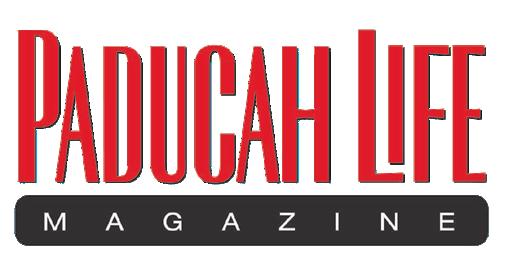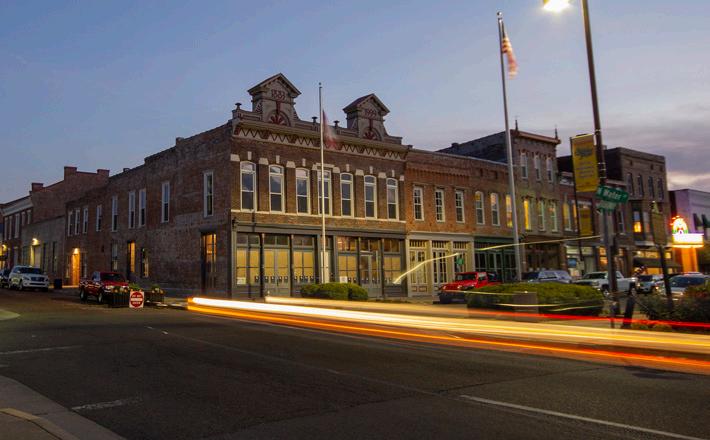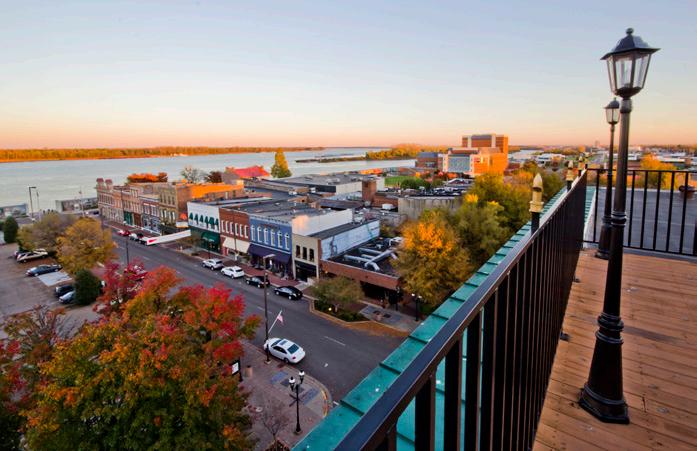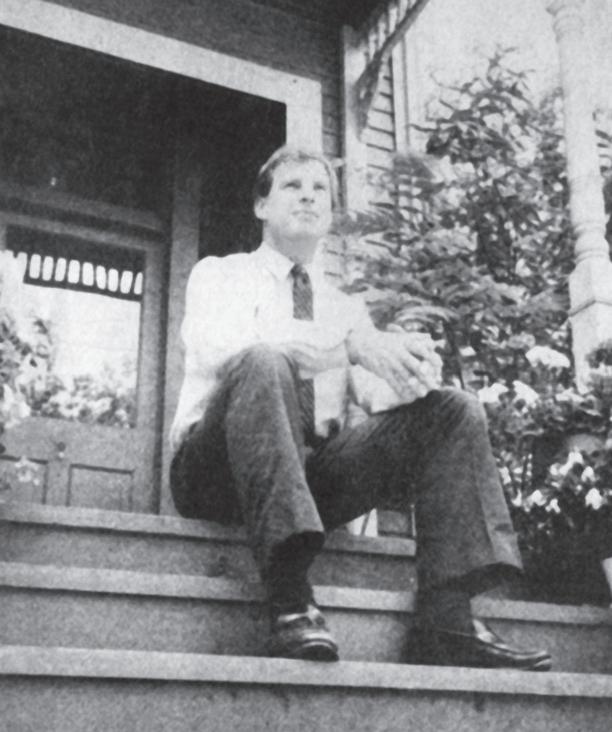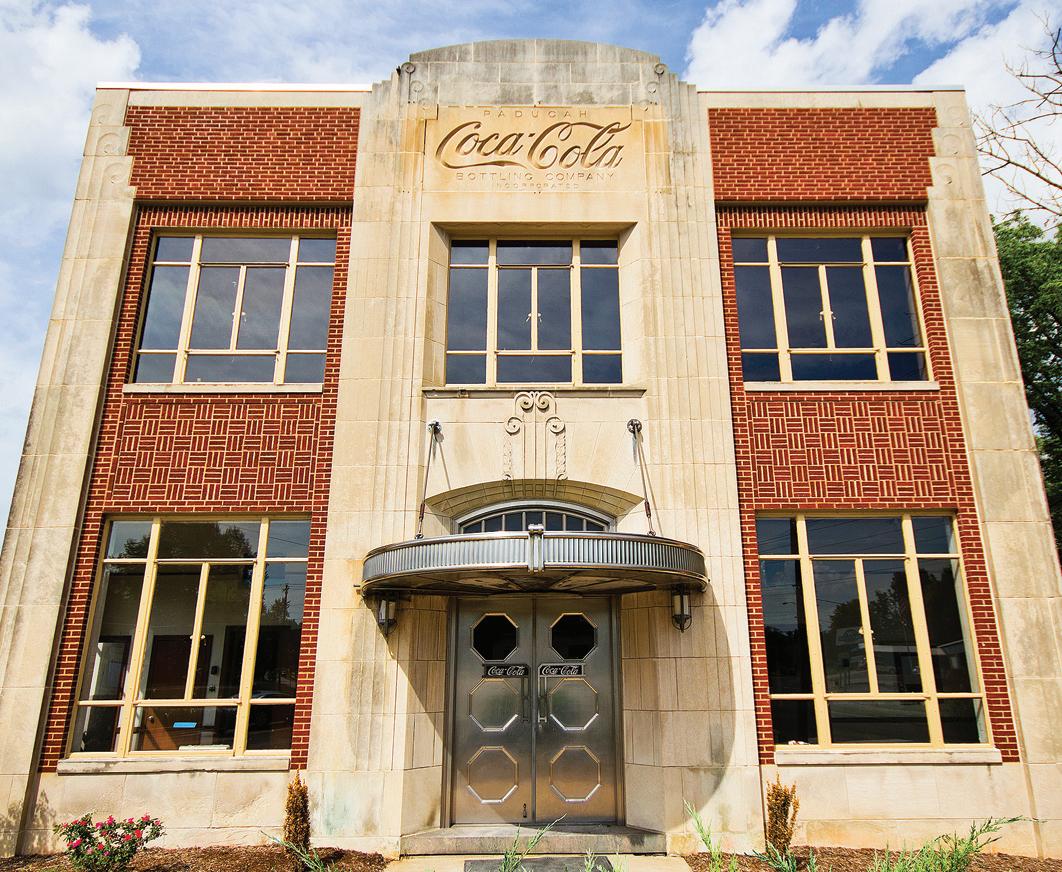
1 minute read
PADUCAH PRESERVING
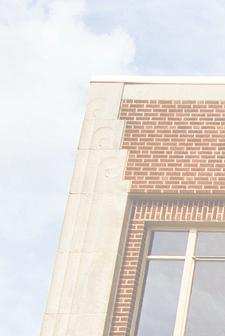
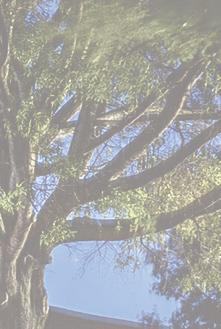
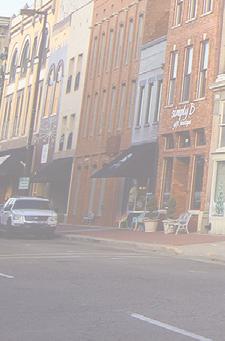
was based on how early residents organized their lives.
“Going back to the 1840s, in what became known as Old Town, you had the basic area around the Market House and then additional building heading down toward 7th St. People had heir businesses in the buildings downstairs, and they lived upstairs.”
Dick, who’d completed a graduate degree in preservation planning, came back home to Paducah in the late 70s. About the same time, a new economic development organization, Growth Inc., was founded. Part of Growth was preservation planning. Dick took a job with Growth, Inc., promoting the revitalization and renewal of buildings downtown for modern uses.
Growth, Inc. was a reaction to a shifting tide in how cities organized themselves. The mall era reflected the boom in consumerism and the mantra of convenience. Nearly endless shopping options under one roof with acres of parking replaced traditional downtowns as our public spaces. The mall area in Paducah, like those in most cities, was located on the outskirts of the city, farther from the biggest concentrations of residences.
Downtown preservation efforts started with buildings along Market Square and the C.C. Cohen building. Another key project early on was the restoration of the First National Bank building by the law firm of Whitlow, Roberts, Houston & Russell. Dick credits the restoration of the Market House as a key event in the preservation push in Paducah. “There was a petition to tear it down in the 60s,” he says, “and make a parking lot. And just about every downtown merchant signed the petition. At the time, downtown was very dense. That restoration showed the way downtown could go. Plus, we’d just lost the Carnegie Library, which was probably the best building that had ever been built in Paducah. It shocked people how much they missed it. It created an attitude that we didn’t want to lose any more. Paducah had so many great buildings that were being emptied. Businesses were headed out to the mall or closing. A fun part of the job was looking at buildings and imagining what they could be used for.”
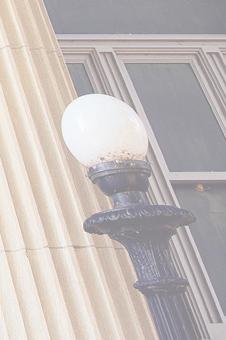
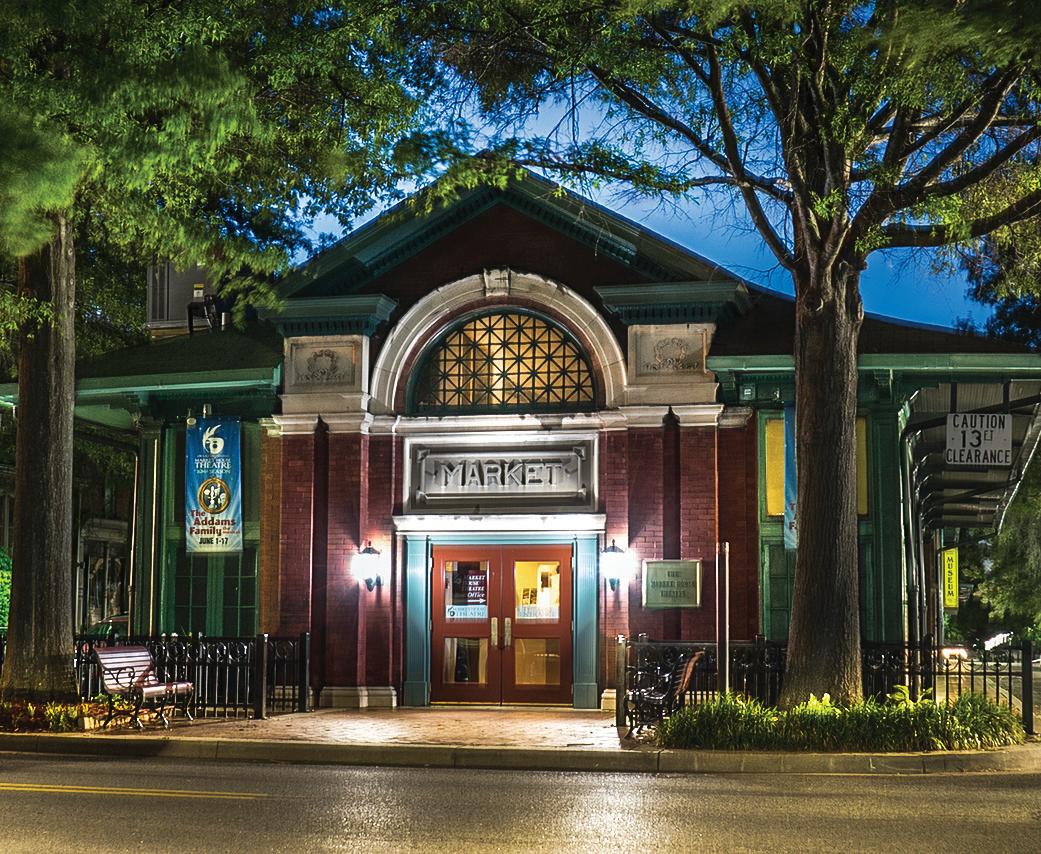
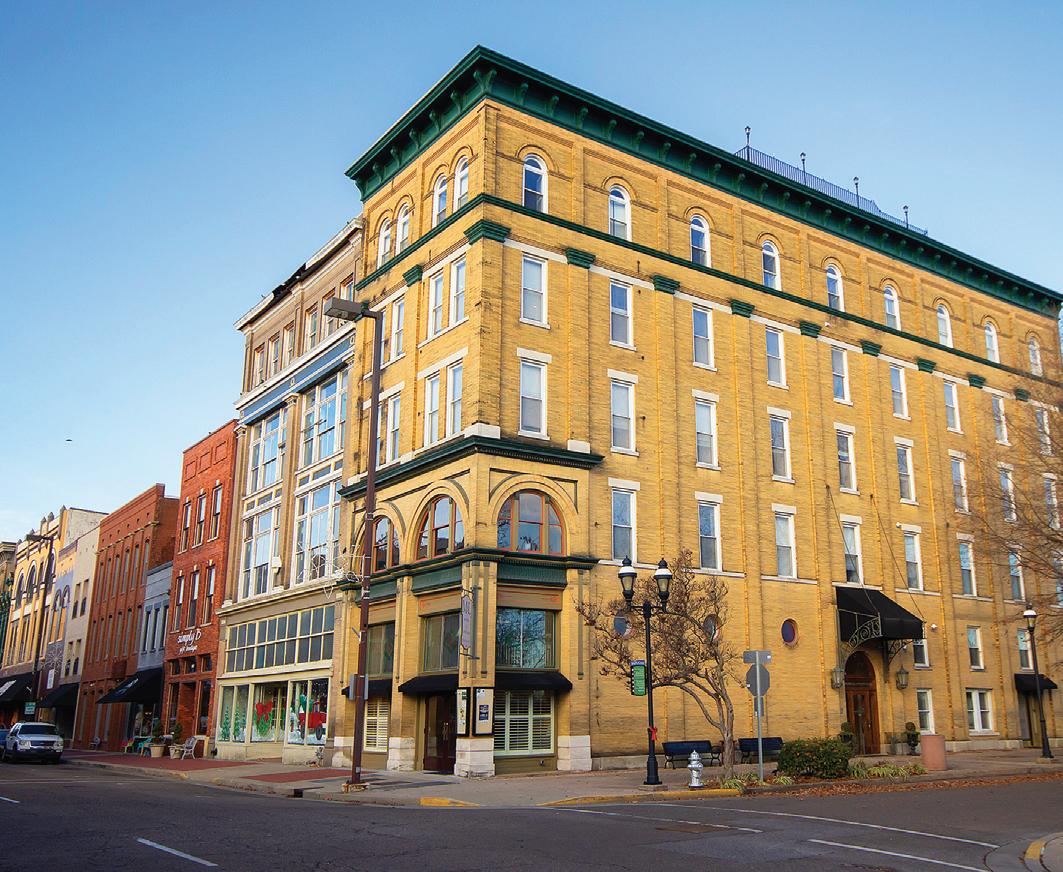
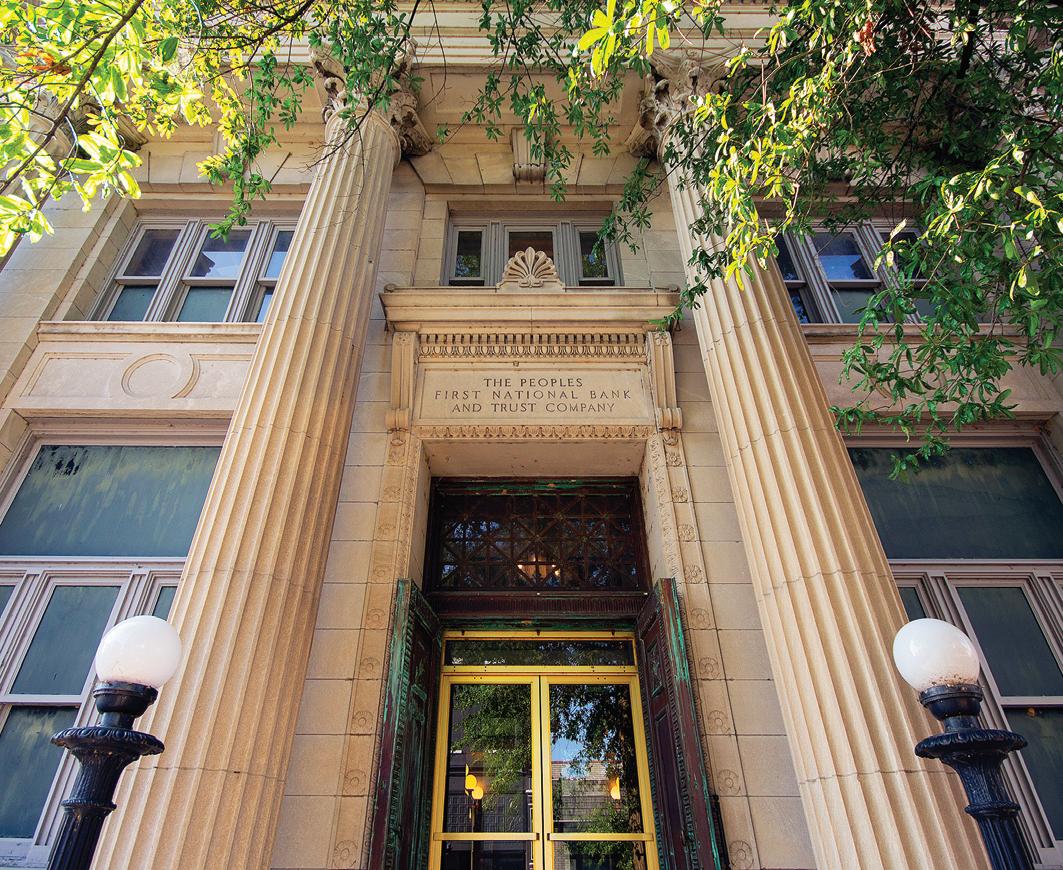
The work included historic zoning ordinances and historic district designations. Dick submitted Lower Town, Downtown Paducah, and the Jefferson Street/Fountain Avenue residential district to the National Register of Historic Places. Such designations helped developers receive tax credits.
